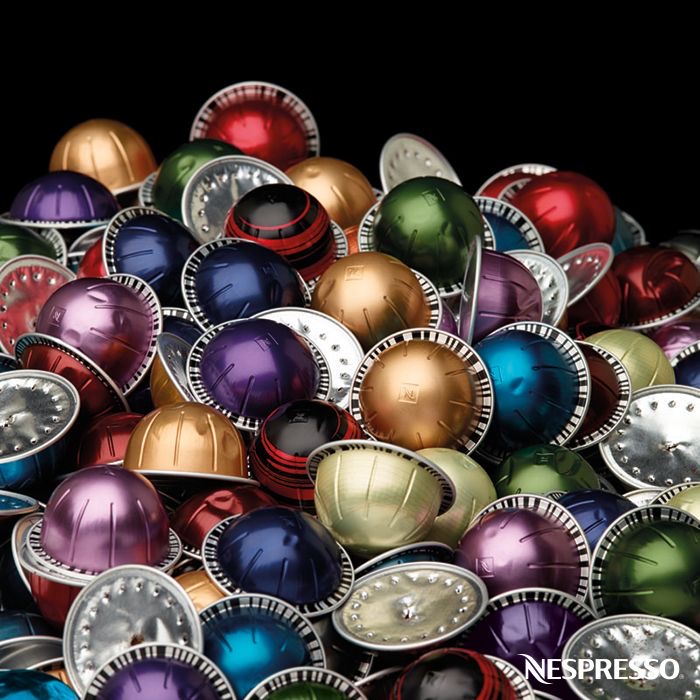
Colored espresso capsules usually indicate different flavors or roast levels, which manufacturers mark with specific colors for convenience. For example, Nespresso — the most well-known capsule brand — has a clear color system for its ranges.
Here’s a brief overview:
Nespresso Original Line — Colors and Flavors (Examples):
| Capsule Color | Name | Intensity | Main Notes |
| Black | Ristretto Intenso | 12 | Intense, chocolate, spices |
| Dark Purple | Arpeggio | 9 | Cocoa, roasted aroma |
| Brown | Roma | 8 | Balanced, slightly smoky |
| Bronze | Livanto | 6 | Caramel, sweet, balanced |
| Gold | Volluto | 4 | Light, fruity, honeyed |
| Green | Capriccio | 5 | Cereal, slightly acidic, grainy |
| Turquoise | Nicaragua | 5 | Sun-dried coffee, woody notes |
| Orange | Pumpkin Spice (seasonal) | 5–6 | Spices, pumpkin, sweetness |
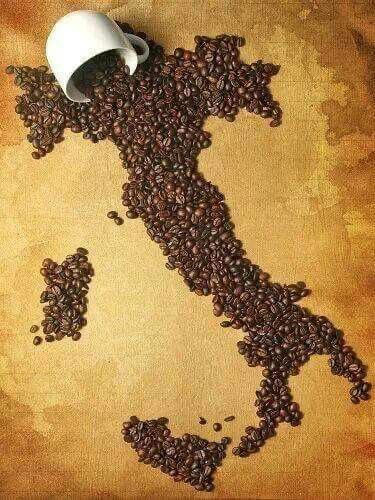
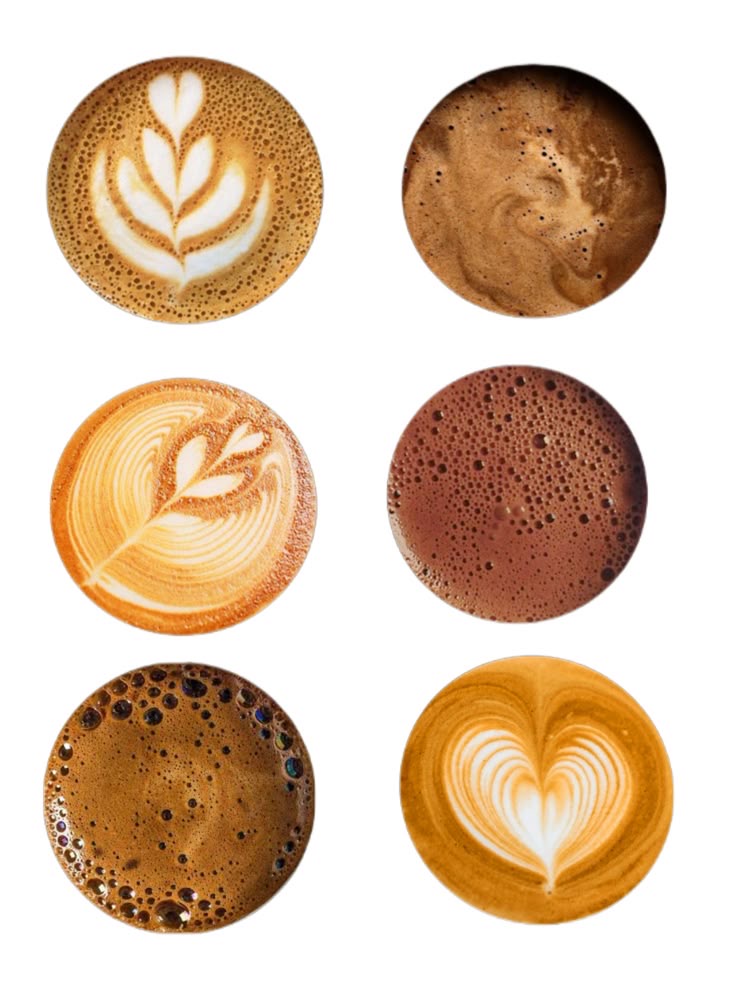

Other Brands (If Not Nespresso):
Other brands, like Lavazza, L’OR, or Starbucks, also use colored capsules, but the colors may not mean the same thing. For example:
- L’OR (for Nespresso machines):
- Gold — Espresso Splendente, a classic espresso blend
- Red — Ristretto (strong coffee)
- Blue — Decaffeinato (decaf)
- Starbucks (for Nespresso machines):
- Dark Green — Pike Place Roast, smooth and balanced coffee
- Brown — Blonde Espresso, light with sweet notes
- Red — Espresso Roast, deep and rich coffee with a caramel finish
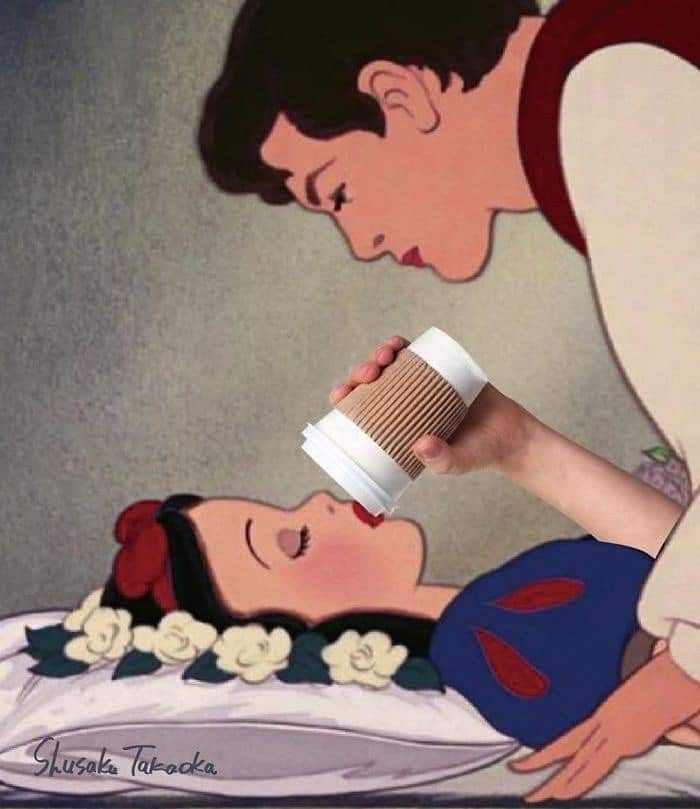
Here are a few interesting facts about coffee consumption:
1. The Most Popular Drink After Water
Coffee is the second most consumed beverage in the world, right after water. Every day, over 2 billion cups of coffee are enjoyed worldwide.
2. The Biggest Coffee Drinkers
The biggest coffee drinkers per capita aren’t Italians or Brazilians, but Scandinavians. Finland, Norway, and Sweden top the list — the average Finn drinks about 12 kg of coffee per year!
3. The Best Time for Coffee
It’s best to drink coffee not immediately after waking up, but 1–2 hours later. By then, your cortisol (the “alertness” hormone) naturally drops, so coffee can truly maximize your energy boost.
4. The Most Expensive Coffee in the World
One of the priciest coffees is Kopi Luwak. It’s made from beans that have passed through the digestive system of the civet, a small animal. Its unique flavor comes from the fermentation that happens during digestion.
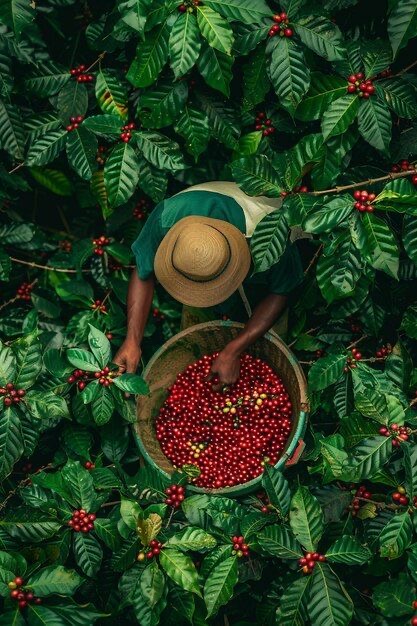

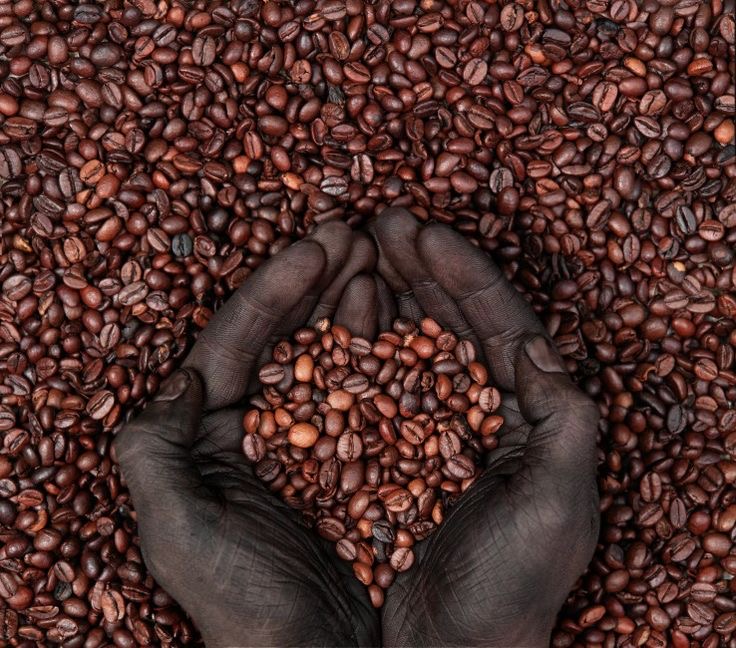
5. Coffee and Creativity
Studies show that coffee can stimulate creativity and improve processing speed, but too much caffeine can sometimes reduce your ability to focus deeply.
6. The Coffee Tree
A coffee tree can live up to 100 years, but it produces its best beans between the ages of 7 and 20.

7. Decaf Still Has Caffeine
A cup of decaf still contains about 2–5% of the original caffeine content. Completely removing caffeine is nearly impossible with current technology.
8. Coffee as an Economic Powerhouse
Coffee is the second most traded commodity in the world after oil.